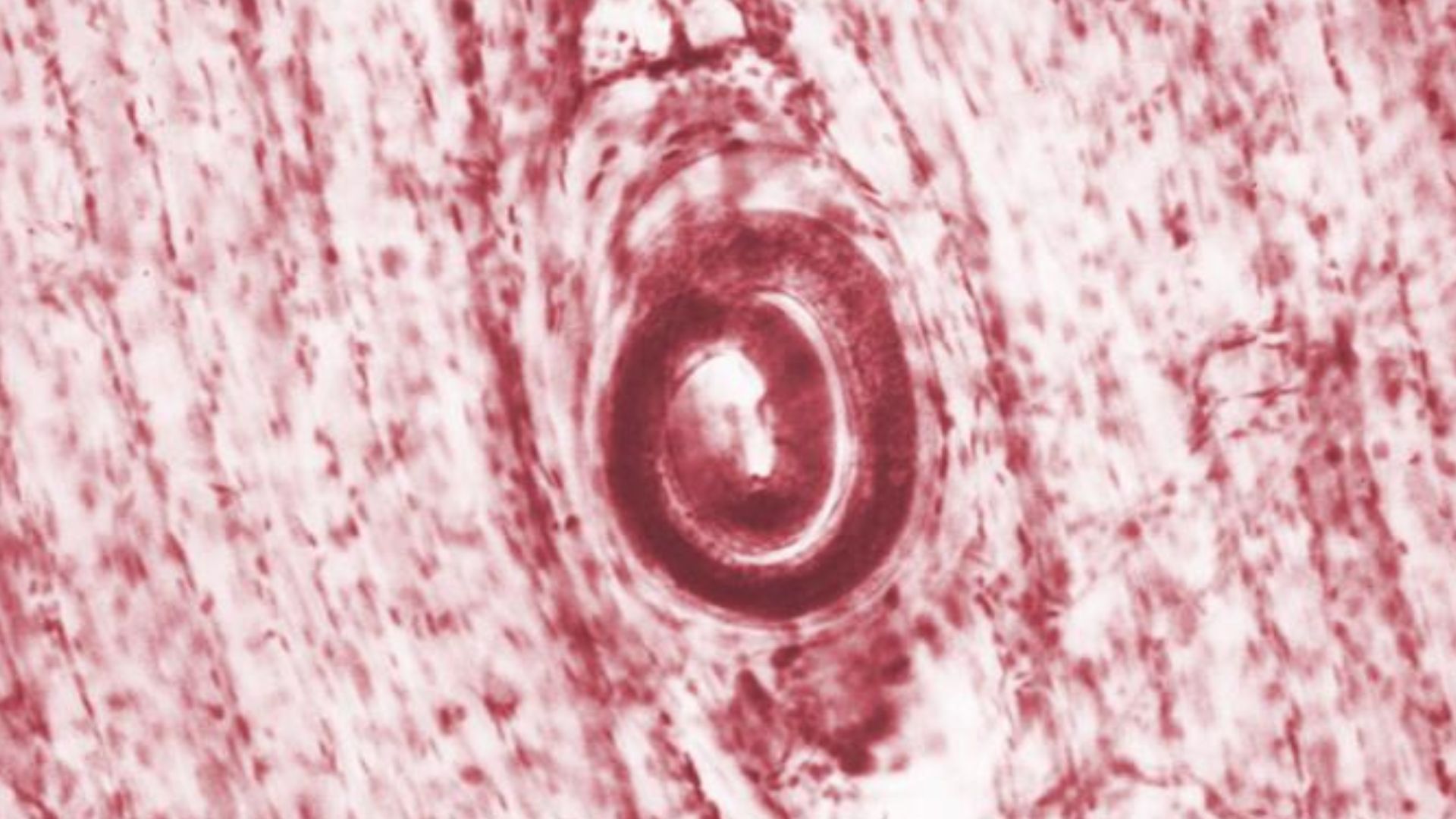Separations, Vol. 11, Pages 129: The Removal of As(III) Using a Natural Laterite Fixed-Bed Column Intercalated with Activated Carbon: Solving the Clogging Problem to Achieve Better Performance
Separations doi: 10.3390/separations11040129
Authors: Régie Dimanche Ouedraogo Corneille Bakouan Abdoul Karim Sakira Brahima Sorgho Boubié Guel Touridomon Issa Somé Anne-Lise Hantson Eric Ziemons Dominique Mertens Philippe Hubert Jean-Michel Kauffmann
Natural laterite fixed-bed columns intercalated with two types of layers (inert materials, such as fine sand and gravel, and adsorbent materials, such as activated carbon prepared from Balanites aegyptiaca (BA-AC)) were used for As(III) removal from an aqueous solution. Investigations were carried out to solve the problem of column clogging, which appears during the percolation of water through a natural laterite fixed-bed column. Experimental tests were conducted to evaluate the hydraulic conductivities of several fixed-bed column configurations and the effects of various parameters, such as the grain size, bed height, and initial As(III) concentration. The permeability data show that, among the different types of fixed-bed columns investigated, the one filled with repeating layers of laterite and activated carbon is more suitable for As(III) adsorption, in terms of performance and cost, than the others (i.e., non-intercalated laterite; non-intercalated activated carbon, repeating layers of laterite and fine sand; and repeating layers of laterite and gravel). A study was carried out to determine the most efficient column using breakthrough curves. The breakthrough increased from 15 to 85 h with an increase in the bed height from 20 to 40 cm and decreased from 247 to 32 h with an increase in the initial As(III) concentration from 0.5 to 2 mg/L. The Bohart–Adams model results show that increasing the bed height induced a decrease in the kAB and N0 values. The critical bed depths determined using the bed depth service time (BDST) model for As(III) removal were 15.23 and 7.98 cm for 1 and 20% breakthroughs, respectively. The results show that the new low-cost adsorptive porous system based on laterite layers with alternating BA-AC layers can be used for the treatment of arsenic-contaminated water.

 1 month ago
12
1 month ago
12


